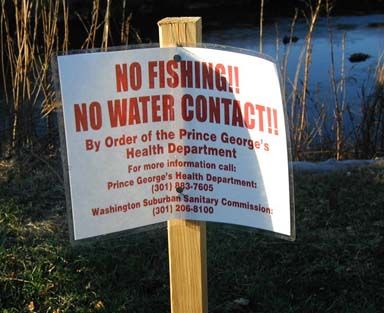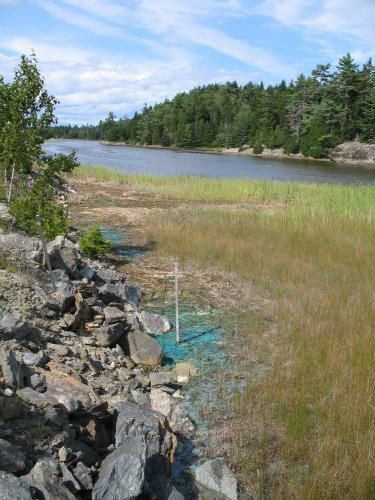Hazardous Waste Site Assessment and Restoration
For more than a century, industrial activities have released hazardous chemicals and heavy metals into the environment. Both accidental spills and intentional discharges from chemical manufacturing, oil storage and transfer, shipbuilding, and port operations have contaminated many of America’s rivers and coastal resources.
These hazardous releases have caused a variety of negative impacts on marine ecosystems, including:
- Poor fish health. such as external and internal tumors.
- Decreased fish and shellfish populations. Reproduction and survival of prized fish such as salmon, trout, and walleye have declined
- Loss of habitat. Wetland, river, beach, coral, and other coastal habitats have been contaminated or destroyed.
- Fish advisories. Public health agencies frequently issue advisories limiting the consumption of fish and shellfish due to elevated levels of mercury, polychlorinated biphenyls (PCBs), and other contaminants.
How Do We Addresses Impacts from Hazardous Waste Releases?
When hazardous materials are released into river or coastal environments, we address the contamination comprehensively, from cleanup to restoration:
- Providing technical support to cleanup agencies. NOAA scientists provide technical advice to EPA to enhance cleanups and replace habitats affected by the cleanups. These actions accelerate recovery of the environment and allow for the trustees to implement successful restoration projects.
- Predicting and measuring the effects of contaminants on natural resources.
- Developing site-specific cleanup levels for contaminants and remedial strategies that will protect NOAA resources and the environment.
- Coordinating among all partner agencies and interested stakeholders to improve coastal areas.
- Coordinating and conducting Natural Resource Damage Assessments. Several laws mandate that polluters are responsible for the cost of cleaning up hazardous waste and for restoring any injured natural resources. As part of this process, NOAA and other trustees (state and federal agencies and tribes) conduct scientific studies to identify the extent of contamination and environmental damage. We then determine the appropriate type and amount of restoration needed to repair habitat and compensate the public for lost use. To learn more about assessment activities, including those for a particular river or coastal spill, please visit the DARRP website.
- Overseeing implementation of restoration projects and monitoring their effectiveness. Some restoration activities occur directly in areas that were affected by the contamination. Others are conducted off-site, where projects may have better potential to provide quality habitat and improve ecosystem function. Because contamination can impair the public's enjoyment of affected areas, we may also develop projects that improve access to the water and other coastal resources.
Examples of restoration projects include:
- Restoring and creating wetland habitats.
- Enhancing beaches and shorelines.
- Creating oyster reefs and other shellfish habitat.
- Restoring coral reefs and seagrass beds.
- Acquiring, restoring, and protecting waterfowl habitat.
- Removing barriers from rivers to allow fish to reach upstream habitat.
- Constructing boat ramps, fishing piers, and trails to improve recreational access.
Last updated
Thursday, April 21, 2016 2:30pm PDT
 An official website of the United States government.
An official website of the United States government. 

